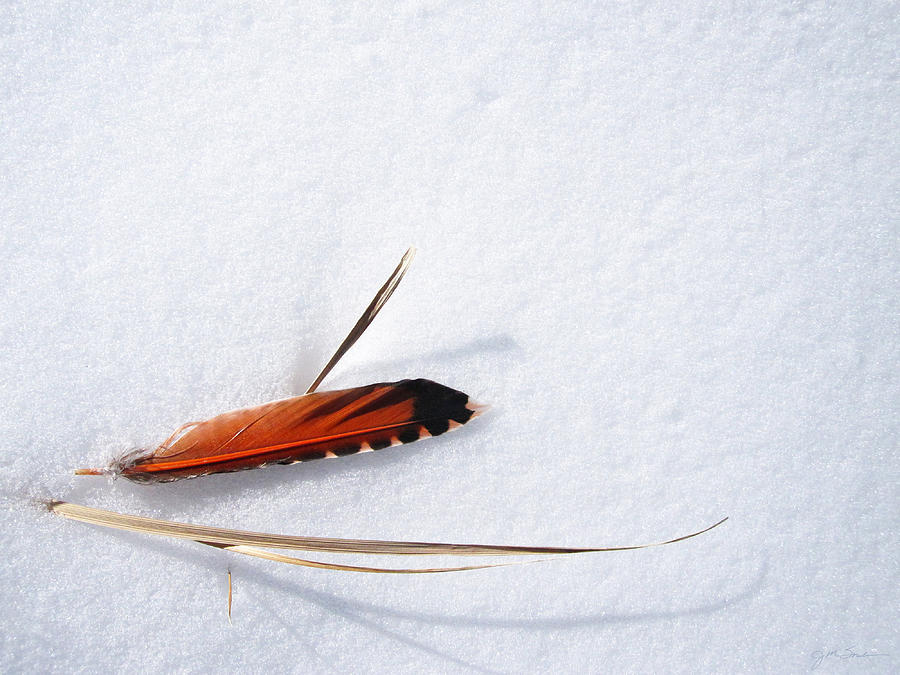

Buffleheads, the most common black and white duck you’ll see on the river in winter, rely almost exclusively on flickers for nesting cavities.įlickers live close to the earth. Many kinds of birds nest in woodpecker cavities, but flickers, because of their large size, are crucial to other large-cavity nesters. They provide for other species, however naively. Preening with them may improve the ants’ palatability by reducing their remaining acid content. It’s hypothesized that the ants’ formic acid helps protect the birds from mites and lice. Before eating ants, they may rub them over their bodies, or simply allow the ants to crawl over them.


But they have evolved a ritualized solution to their disputes. They communicate with one another, singing a one-pitch staccato trill to call far and wide, or drumming on hollow wood in various cadences, or murmuring to closer birds with a silky weeka-weeka-weeka call.įlickers are not immune to conflict, particularly when finding mates. Where red- and yellow-shafted flickers meet, they associate impartially. Small groups routinely stick together, several flocking together through the woods. Mated pairs share the work of nest construction, egg incubation and child-rearing.


 0 kommentar(er)
0 kommentar(er)
